
ARTISTS
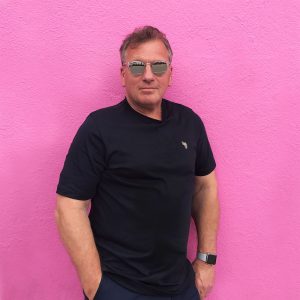
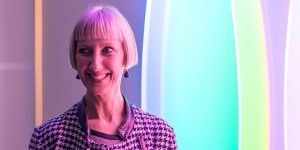
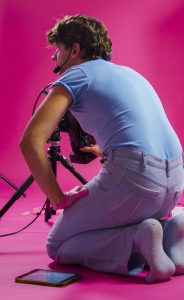
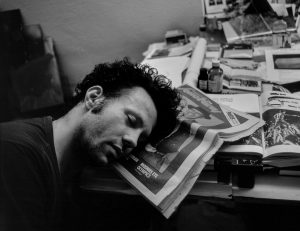
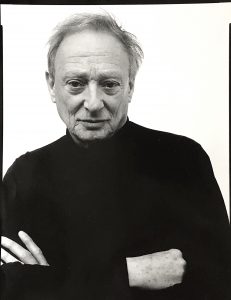
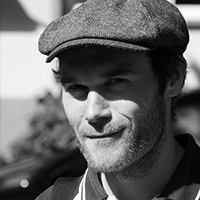
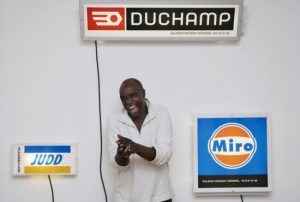
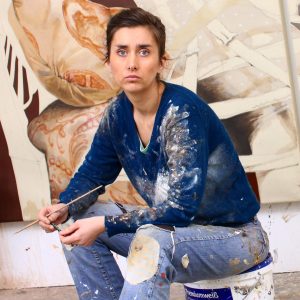

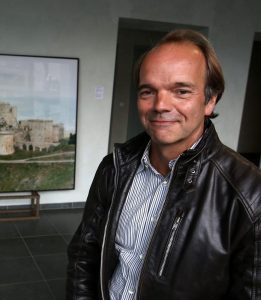
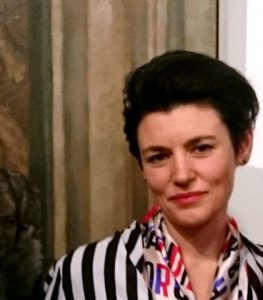

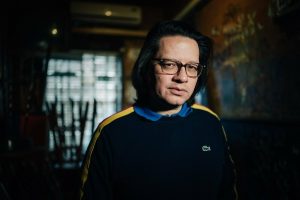
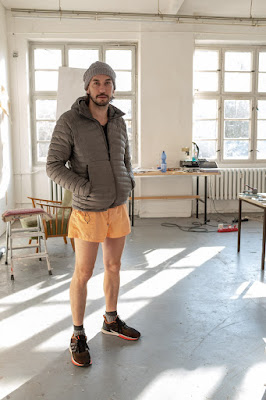
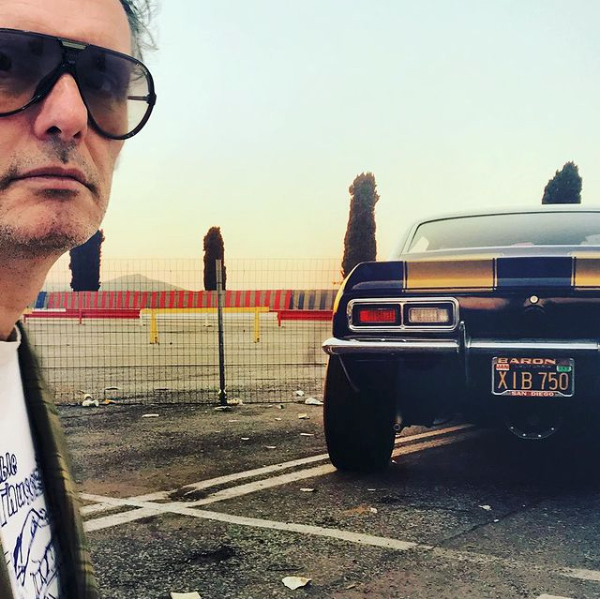
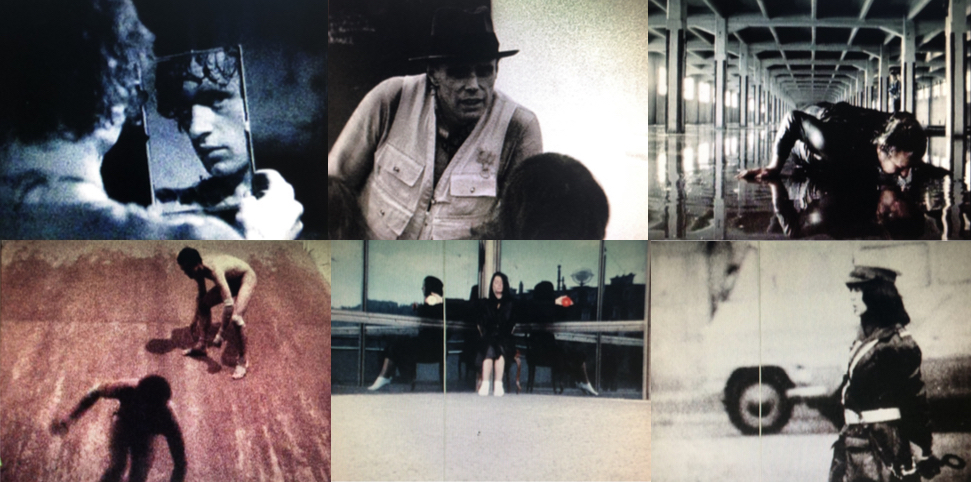
Joseph Beuys is considered one of the most important and influential German artists of the 20th Century. To celebrate the 100 year anniversary of his birth in 2021 this exhibition presents film installations and collaborations that emanate from Beuys’ teachings and oeuvre.
Deutsch: WAYS OF SEEING: Film Installations and Collaborations präsentiert Filme, Installationen und Kollaborationen die von der Lehre und dem Oeuvre von Beuys ausgehen. Joseph Beuys gehört zu den weltweit bedeutendsten Künstlern des 20. Jahrhunderts und sein 100. Geburtstag im Jahr 2021 bietet Anlass, den im Rheinland geborenen und arbeitenden Künstler, sein komplexes Wirken und seine internationale Ausstrahlung, neu zu entdecken und kritisch zu befragen. Die Ausstellung bietet eine Plattform die Bedeutung von Beuys für die gegenwärtige internationale Kunst zu ergründen und einen Diskurs über die brennenden Fragen unserer Zeit anzuregen: wie Demokratie und Freiheit zu verstehen sind.
Between 1971 and 1972, Ken McMullen filmed three live performances as a collaboration with Joseph Beuys in Düsseldorf. ‘Crowd Sculpture’, ‘Word Work’ and ‘Discussions with a Gun’. First screened at the Tate Gallery, London in 1972.
‘Die Ästhetik ist eine Begleiterscheinung jeder menschlichen Tätigkeit…’
‘Aesthetics are an inevitable accompaniment of every human activity.’
Joseph Beuys
Gustav Metzger witnessed the rise of Nazism as a small child growing up in Nuremberg, the child of Polish Jews, and escaped to Great Britain aged thirteen in 1939 as a refugee, never to see his parents again, who were murdered in the Holocaust. He trained as an artist before founding auto-destructive art in 1959. The scale of Gustav Metzger’s achievements and his contribution to contemporary culture are clearly demonstrated in Ken McMullen’s film ‘Pioneers in Art and Science’ (2005), as well as highlighting the importance of understanding the destructive impulses in human society.
‘Auto destructive art is primarily a form of public art for industrial societies.’
Gustav Metzger
Gustav Metzger on Nazi design and architecture, a subject that preoccupied him and had a lasting effect on his work, in a short extract from the film ‘Pioneers in Art and Science’, 2005.
‘I’m still very interested in Nazi German and Italian fascist design and architecture.
It’s an ongoing interest, it will never leave me and I think it shouldn’t.’
Gustav Metzger
Gustav Metzger on the films of Leni Riefenstahl, films he saw as a child growing up in Nuremberg and that had a lasting and profound effect on his work as an artist.
‘It simply is a masterpiece…the films made a very deep impression on me. They again deal with destruction. I lived in Nuremberg and saw tens of thousands of SA men marching to the Reichsparteitagsgelände’
Gustav Metzger
The British artist Stuart Brisley’s attempts to antagonise the art world took shape in a fruitful meeting of minds with Beuys at the ICA in 1974 at the symposium ‘Art into Society into Art’.
In ‘Being and Doing’ (1984) Ken McMullen and Stuart Brisley collaborate to search out the origins of performance art, connecting it not to modernism but to ancient folk rituals in England and Europe. They testify to powerful behavioural traditions which have survived the transition from an agricultural to an industrial society.
‘Dissension will not take place. There will be no dissension. There will be no disasters. There are no arguments. We are being accounted for.’
Stuart Brisley
A short extract from the film ‘Ghost Dance’ (1983) with Pascale Ogier, Leonie Mellinger, Jacques Derrida, Dominique Pinon, Robbie Coltrane and Stuart Brisley.
‘Lovelies and Dowdies’, shot in Edinburgh in collaboration with Tadeusz Kantor in 1973, is a filmed version of Tadeusz Kantor’s production of the eponymous play by Witkiewicz, ‘Dainty Shapes and Hairy Apes‘ with the CRICOT2 Theatre Company that offers a rare glimpse into Kantor’s groundbreaking work in theatre. This is the performance at which Kantor and Beuys met for the only time.
Partum’s public work began in 1969 and continued through the seventies and her films act both as documentation of her performative work and as explorations of film as a medium in line with the feminist avant-garde and structural cinema of the 1960s.
‘In all the situations that I perform naked I want to demonstrate my complete alienation and the fact that I am rejecting the site of male-dominated orderliness.’
Ewa Partum
Natalia LL, associated with the feminist avant-garde scene of the 1960s in Poland, deconstructs single-frame photographs and satirizes images presented in advertising, television and print in the 1970s and 1980s. This is a short extract from Ken McMullen and Stuart Brisley’s film ‘Being and Doing’.
‘Young polish artists are very sensitive to the changes occurring in the Capitalist world, of which they are well informed. This situation provokes a dilemma between their connection to socialist ethics and everything that that means to them…’
Natalia LL
A break-in at the studio of Imi Knoebel in an extract from ‘Reichsstrasse 51’ (1991) from Walter Dahn, Johannes Stüttgen and Boscher Theodor. Imi Knoebel, Walter Dahn and Johannes Stüttgen were all students of Beuys at the academy in Düsseldorf.
Two cups battle it out to Rudolf Steiner’s ‘Die Rätsel der Philosophie’ in ‘Die schwimmende Tasse’ from Walter Dahn, Johannes Stüttgen and Boscher Theodor. First shown as part of the exhibition ‘Das 21. Jahrhundert’ at the Kunsthalle, Basel
‘So ist es mit allen Dingen; während wir auf das scheinbar Beharrende hinblicken, ist es im allgemeinen Strome des Daseins schon ein anderes geworden.’
‘While we look at what is apparently unchanging, it has already turned into something else in the general stream of existence’
Rudolf Steiner
Shot in CERN, the nuclear physics facility in Geneva, Ken McMullen brought John Berger, author of ‘Ways of Seeing’, to encounter the new physics and technologies to be found there. John Berger arrived with the poem ‘Happiness’ by Jorge Luis Borges and the following encounters found form in ‘Art, Poetry and Particle Physics’.
‘Everything happens for the first time but in a way that is eternal. Whoever reads my words is inventing them.’
Jorge Luis Borges
Shot on location in Particle Accelerator Number One in CERN, this collaboration between Ken McMullen and Martha Parsey turned the Torness Nulcear Power Station into the largest public art installation in Europe. First shown as part of the exhibition ‘Signatures of the Invisible’ at MOMA P.S.1 New York.
Sein oder Nichtsein, das ist die Frage…
To be, or not to be, that is the question…’ Hamlet
Shakespeare
Exhibition curated by Martha Parsey.
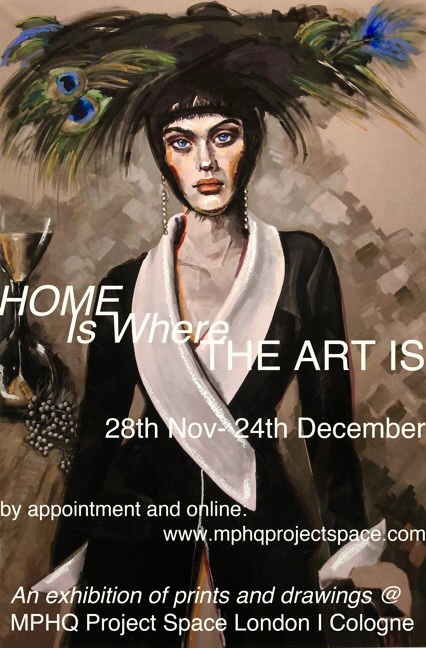
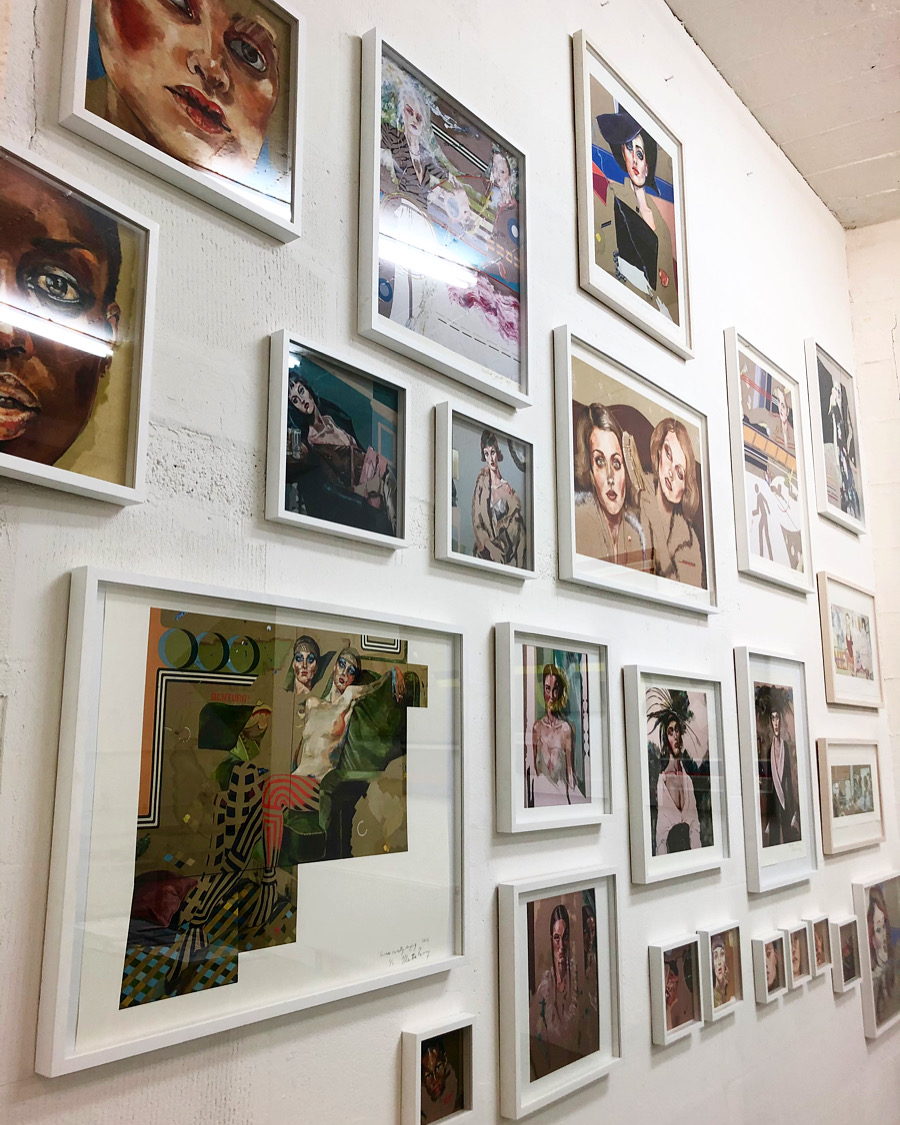
An exhibition of prints, drawings and fashion from 28th November- 24th December by appointment and online.
This exhibition of films on art and art cinema brings together the work of leading artists and thinkers in Europe, from Manet to Bacon, from Beuys to Metzger, Derrida and Berger with short films and installations by Ken McMullen, Martha Parsey, Walter Dahn, Boscher Theodor and Johannes Stüttgen that explore the relationship between film, art theory, philosophy and painting.
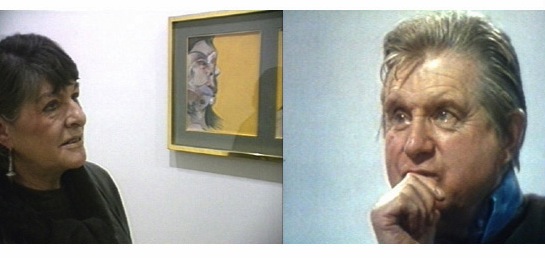
Meeting Francis Bacon in London in the sixties, Henrietta Moraes became the most painted of his female subjects. In interview in the Marlborough Gallery London, Henrietta recalls her impressions of the artist, which intercut with archive film footage of Bacon in interview, forms a final dialogue between model and artist. Screened at the Bacon Retrospective exhibitions at the Centre Pompidou Paris, Haus der Kunst Munich, and ‚Bacon’s Women’ at Ordovas Gallery New York.
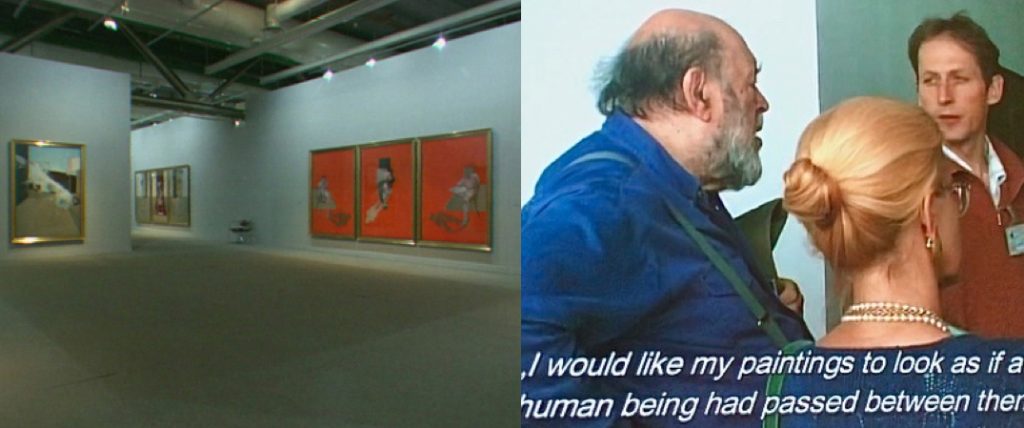
Shot at the Centre Pompidou, Paris, during the Francis Bacon retrospective, the film accompanies curator, critic and close friend David Sylvester, as he hangs the exhibition. Previously unpublished interviews between Bacon and Sylvester commentate the erection of this exhibition and form a final dialogue between artist and critic; a monument to Bacon’s supremacy as a painter. Screened at the Coutauld Institute, London.
One cinematic shot depicts Manet’s ‚Execution of Maximilian’. In a single shot ‘1867’ passes through the 18 months of historical and artistic events that led to Manet’s four versions of the execution. Commissioned by the Metropolitan Museum of New York, The John Paul Getty Foundation and Channel 4.
Cast: Dominic Pinon, John Shrapnel, Maria de Madeiros. This film explores the profound effect his father’s blindness had on Rembrandt and the way this influenced his work. Commissioned by BBC Television and Broadcast in 1992.
Shot in Jarman’s studio in Dungeness, UK and screened at the Berlin Film Festival, in this revealing documentary, Ken McMullen creates an elegant portrait of artist and filmmaker Derek Jarman, based on an interview conducted by John Cartwright. The questions are unobtrusive, allowing Jarman to reflect on his major films. Despite the debilitating effects of serious illness, we see an artist with his inner vision unimpaired; humourous, self effacing and disarmingly charming.
Gustav Metzger witnessed the rise of Nazism as a small child in Nuremberg and escaped to Great Britain aged thirteen. He trained as an artist before founding auto-destructive art in 1959. The scale of Gustav Metzger’s achievements and his contribution to contemporary culture are clearly demonstrated in Ken McMullen’s comprehensive film where Gustav Metzger speaks candidly and brilliantly of the influences which have shaped his own work, highlighting the importance of understanding the destructive impulses in human society.
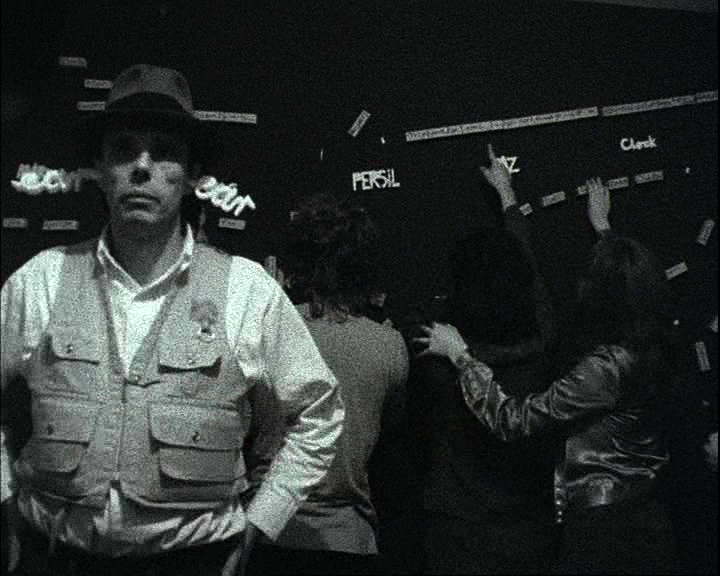
‚Word Work’, ‚Discussions with a Gun’ and ‚Crowd Sculpture with Joseph Beuys’ are live performances shot with Joseph Beuys in Düsseldorf between 1971 and 1972. First shown at the Tate Gallery, London in 1972 and at the Joseph Beuys Retrospective at Tate Modern.
A dialogue between Pascale Ogier and Jacques Derrida, in an excerpt from the film ‚Ghost Dance’, explores the connection between cinema and psychoanalysis.
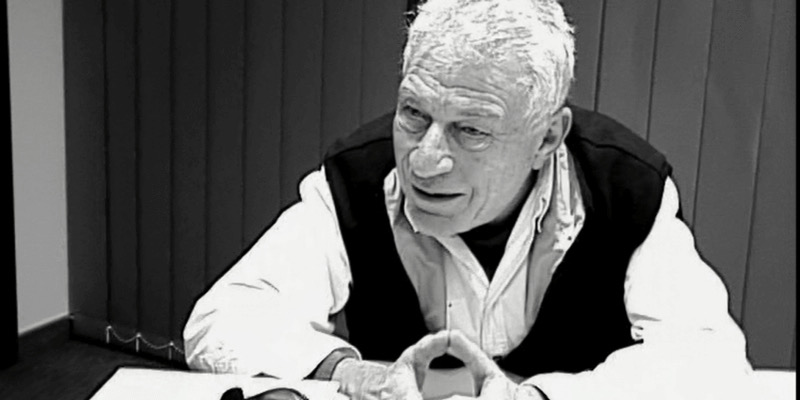
Ken McMullen brought John Berger, author of Ways of Seeing, to CERN to encounter the new physics and technologies to be found there. Berger arrived with the poem Happiness by Jorge Luis Borges and the following encounters found form in the film Art, Poetry and Particle Physics, screened at Tshingh University Beijing, Complesso del Vittoriano Rome, Centre d’Art Contemporain Geneva, Gulbenkian Gallery Lisbon, and P.S. 1 Contemporary Art Centre NY.
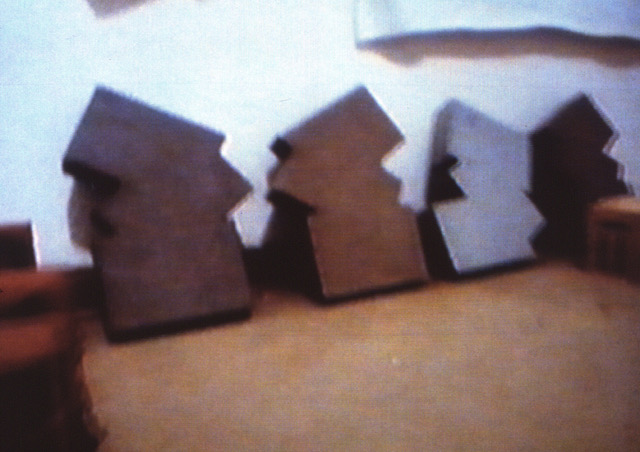

A break-in at Imi Knoebel’s studio and two cups battle it out to Rudolf Steiner’s ‘Die Rätsel der Philosophie’ in collaborations between Walter Dahn, Johannes Stüttgen and Boscher Theodor.
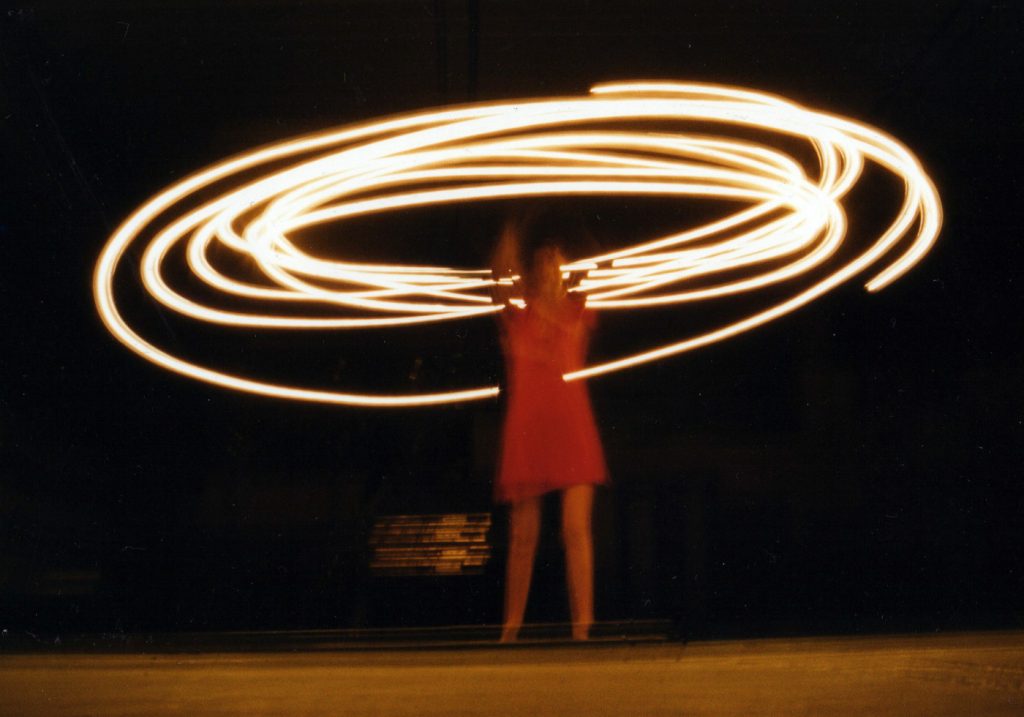
Shot on location in Particle Accelerator Number One, CERN, Geneva, ‘Lumen de Lumine’ is a meditation on solitude. A motion picture playing with quantum theory and the nature of light and near-miss particle collisions, this film turned the Torness nuclear power station into the largest ever public art installation in Europe. A collaboration between Ken McMullen and Martha Parsey, screened during the exhibition ‚Signatures of the Invisible’ at Atlantis Gallery, London, Tshingh University Beijing, Complesso del Vittoriano Rome, Centre d’Art Contemporain Geneva, Gulbenkian Gallery Lisbon, and P.S. 1 Contemporary Art Centre NY.
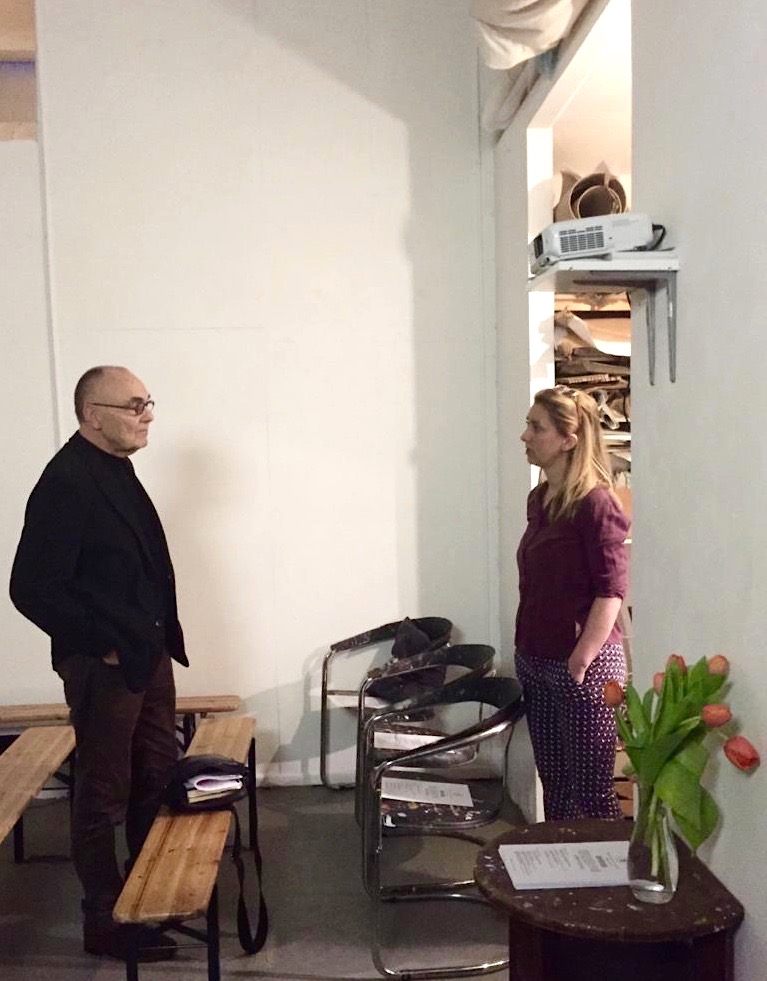
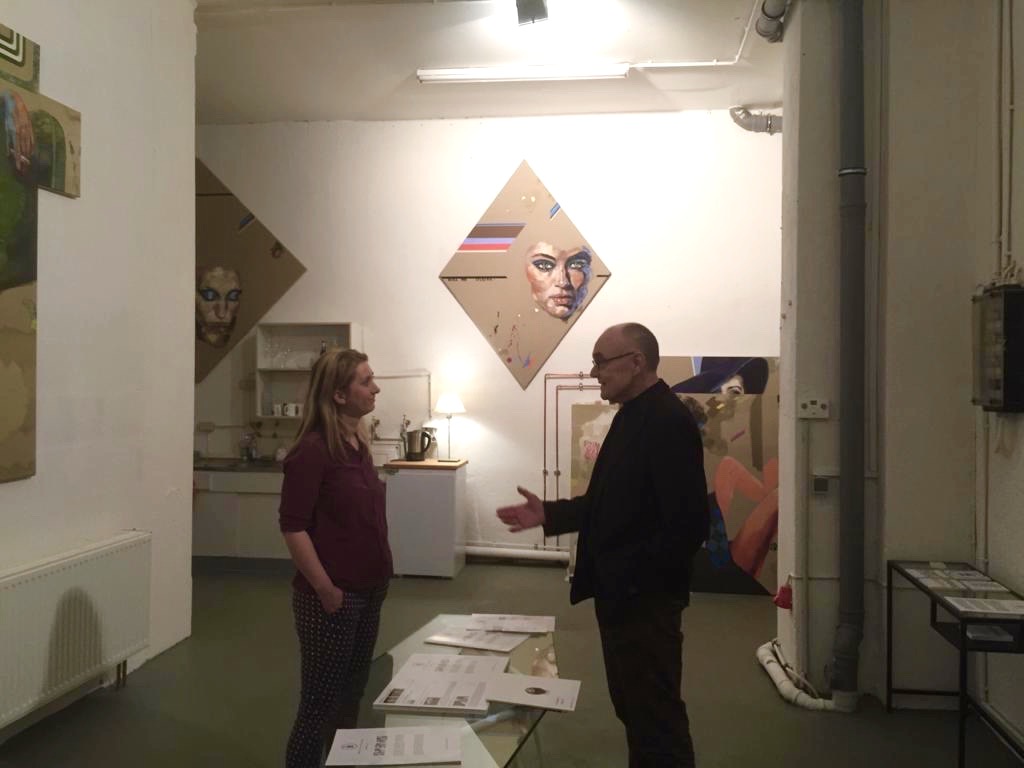
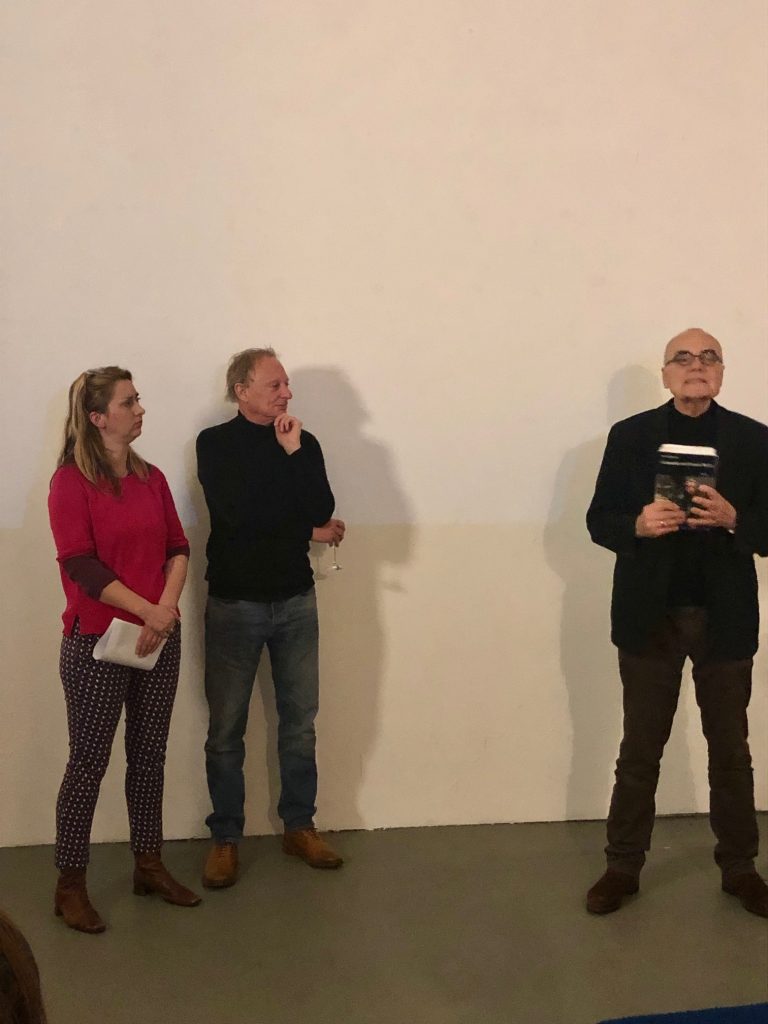
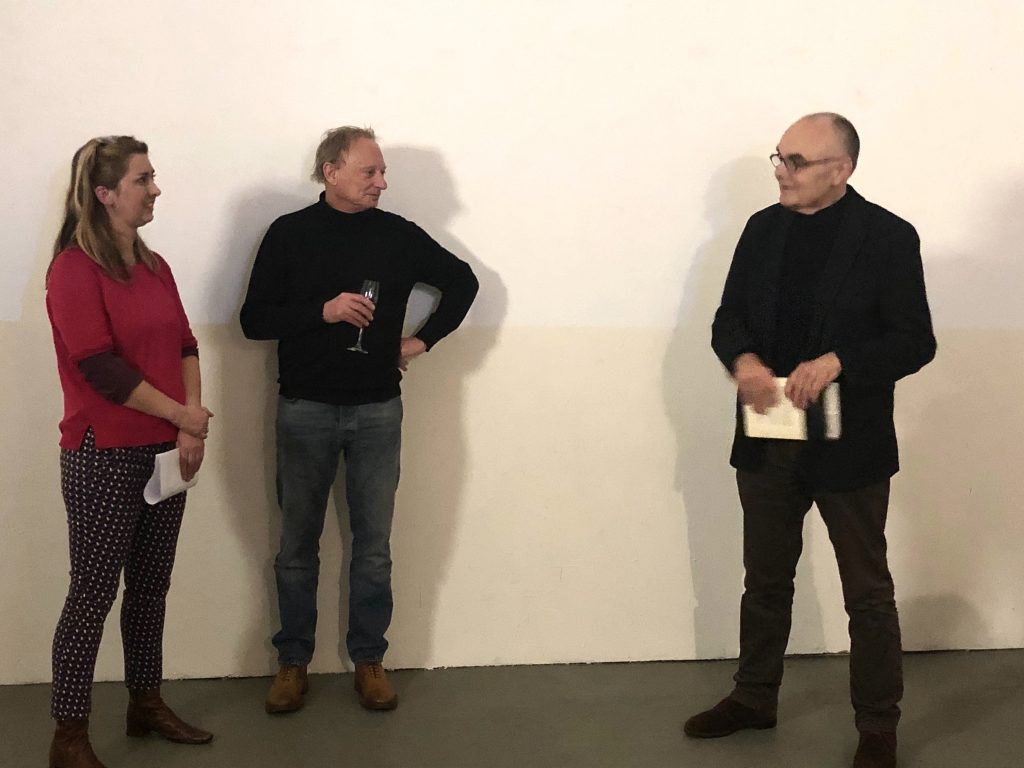

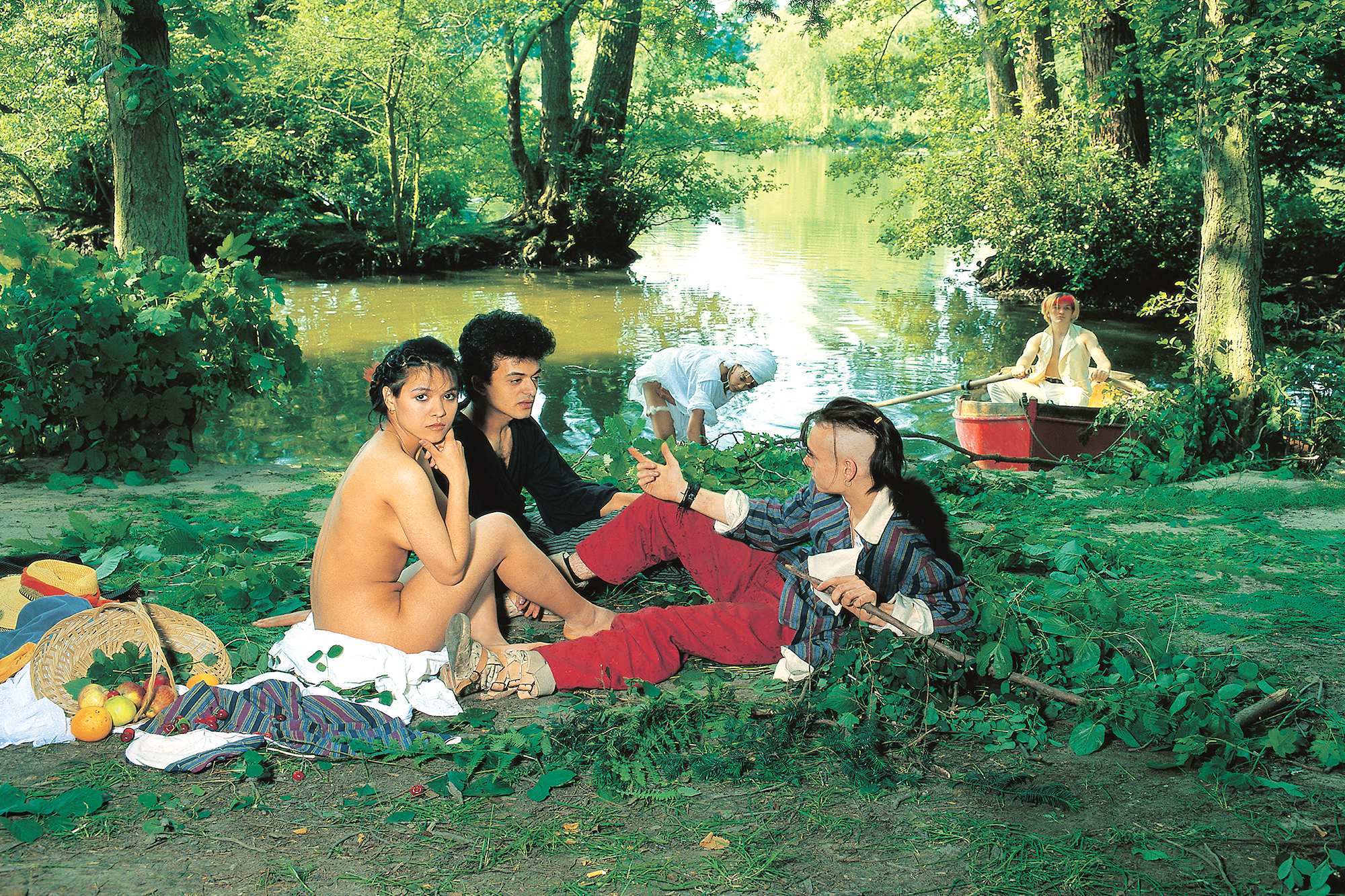
MPHQ Salon des Refusés
MPHQ Salon des Refusés presents art and radical artistic discussion in an informal setting with exhibitions, talks and dinners; held by invitation.
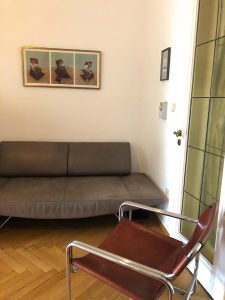
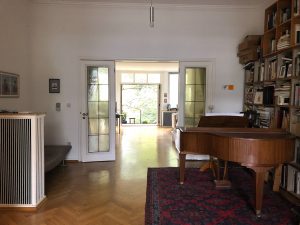

Based on the gatherings of the Stein Salon that would help to define Modernism in literature and art in the 20th century, these presentations, talks and extended private conversations bring artists, collectors, curators and gallerists together to extend the dialogue in person ‘en petit comité’; with the best in informal dining.

Walter Dahn (1954-2024) was a German painter, photographer and sound artist, who was one of the most important ‘Jungen Wilden’ of the 1980s and taught Painting at the Art School in Braunschweig. From 1971 to 1979 Dahn studied at the Art Academy in Düsseldorf as a Master Student of Joseph Beuys. His first works were drawings and installations in Room 19 of the Academy. The focus of his work rests largely in drawing, photography, and making Super 8 and 16mm films. From 1979 to 1982 he was a member of the Artists Collective Mülheimer Freiheit, along with Hans Peter Adamski, Peter Bömmels, Jiří Georg Dokoupil, Gerard Kever and Gerhard Naschberger. Walter Dahn lived and worked in Cologne.
http://www.spruethmagers.com/artists/walter_dahn@@overview

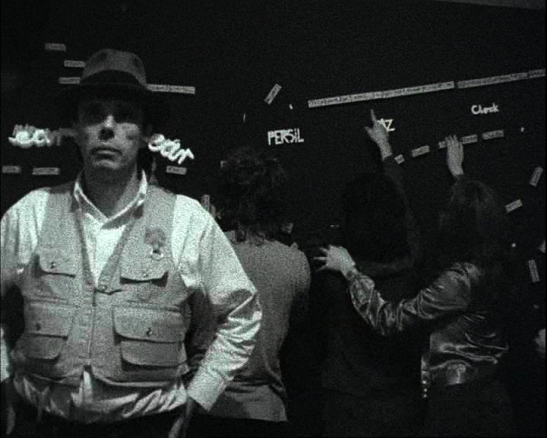
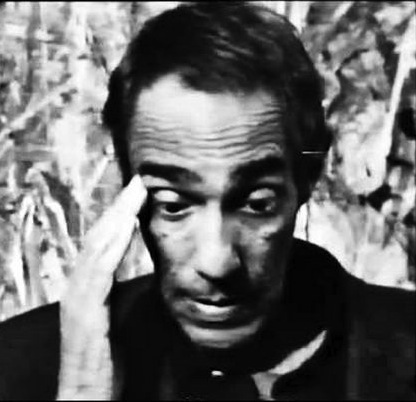

Ken McMullen is an award-winning film director and artist living currently in London. His feature films are distributed world wide, his documentaries broadcast extensively and his art works exhibited in leading contemporary art galleries in Europe, The United States and the Far East. Whilst his primary studio is in London he has been working in the CERN Prototype Workshop in Geneva and in Greece and Lisbon. Ken McMullen is an artist who became a filmmaker, and his films are both cinematic and painterly. He works intuitively and visually, with his films grounded in philosophy, history, psychoanalysis and literature. McMullen’s exhibition Signatures of the Invisible brought together artists and scientists working at CERN, the European particle physics facility near Geneva, and was shown at Centre de Edition Contemporaine, Geneve, the Museu Gulbenkian, Lisbon and at PS1 MOMA New York.
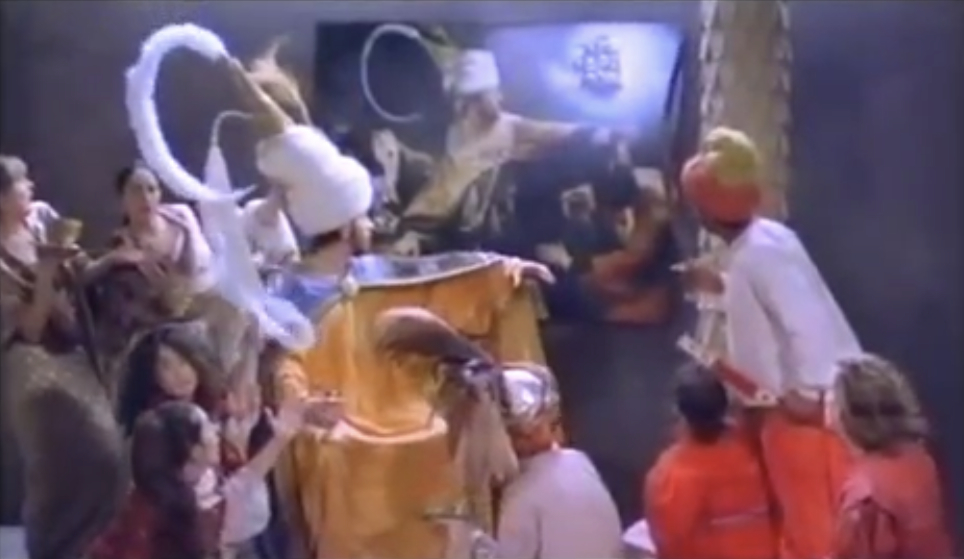
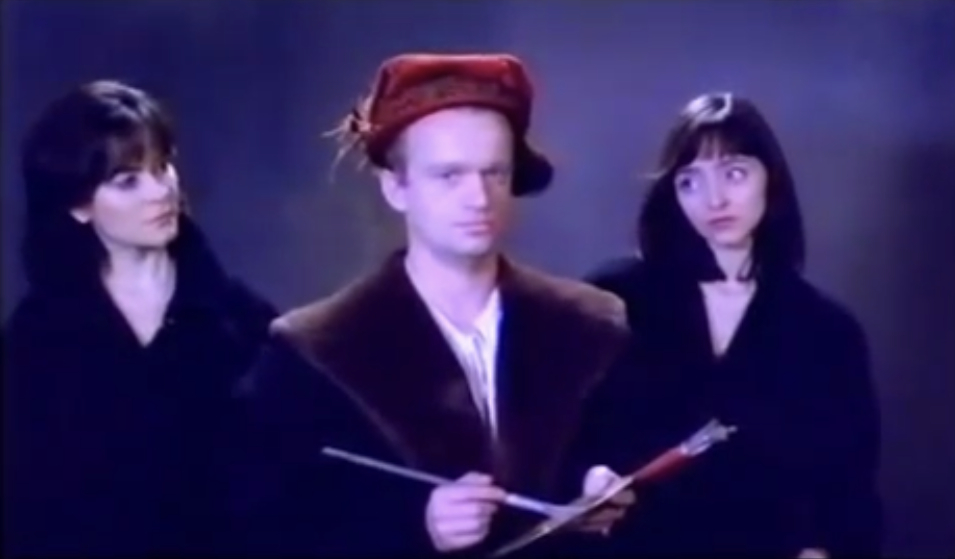
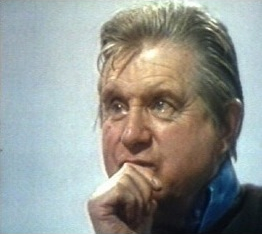
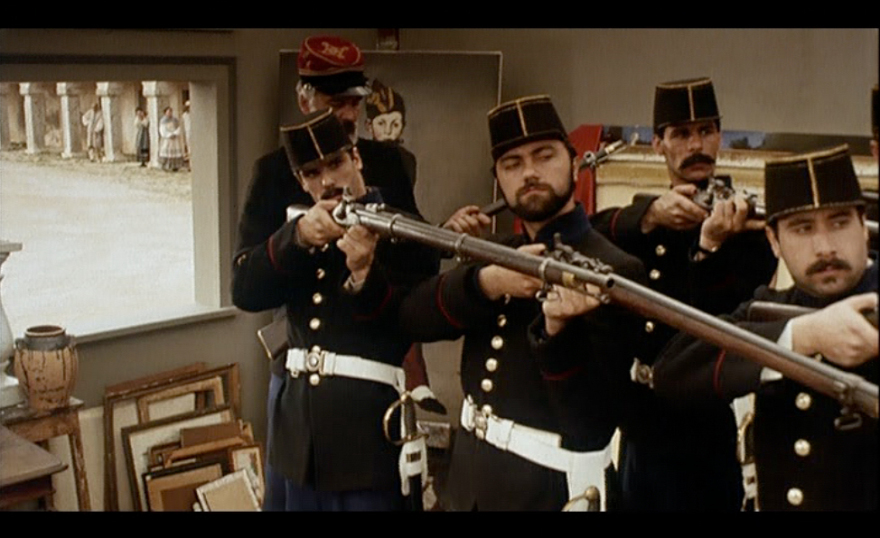
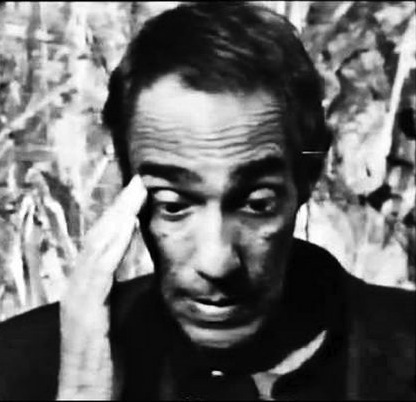

Saturday 14th March at 6pm
MPHQ Project Space London I Cologne
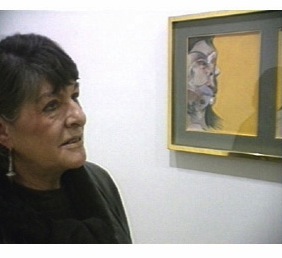
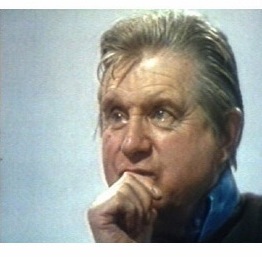
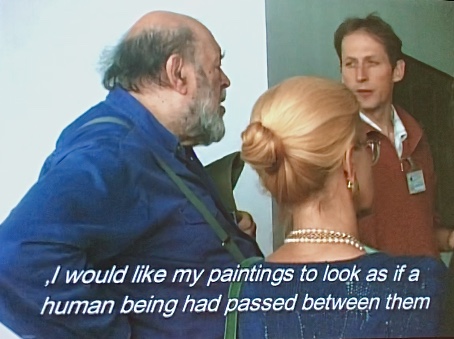
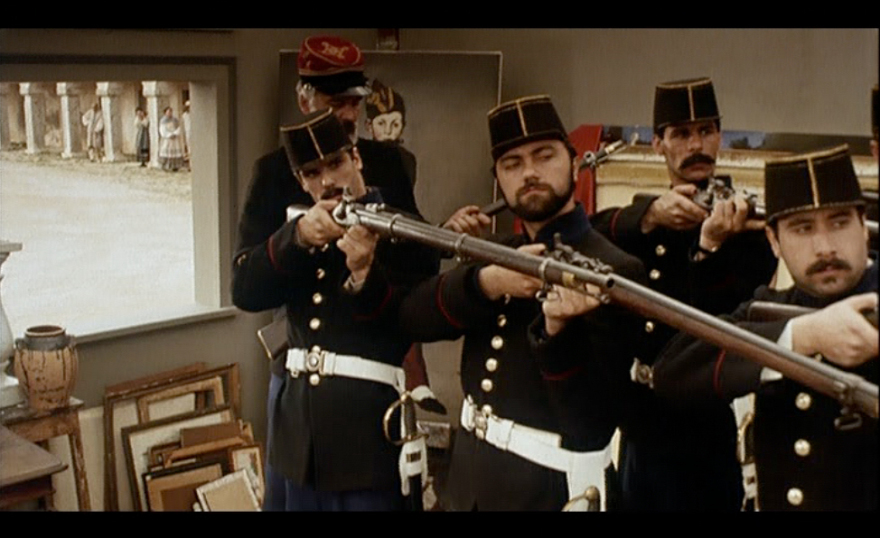

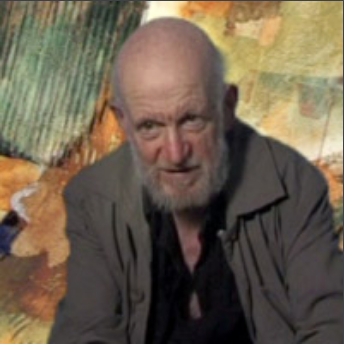

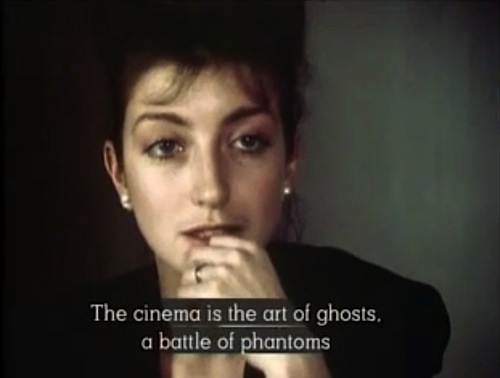


Opening Saturday 15th February from 6 pm
with Ken McMullen, Martha Parsey, Walter Dahn, Boscher Theodor
with a few words from Friedhelm Mennekes
MPHQ Project Space London I Cologne
In a new series of screenings of films on art and art cinema, this exhibition brings together the work of leading artists and thinkers in Europe, from Manet to Bacon, from Beuys to Metzger, Derrida and Berger with short films and installations by Ken McMullen, Martha Parsey, Walter Dahn, Boscher Theodor and Johannes Stüttgen that explore the relationship between film, art theory, philosophy and painting.
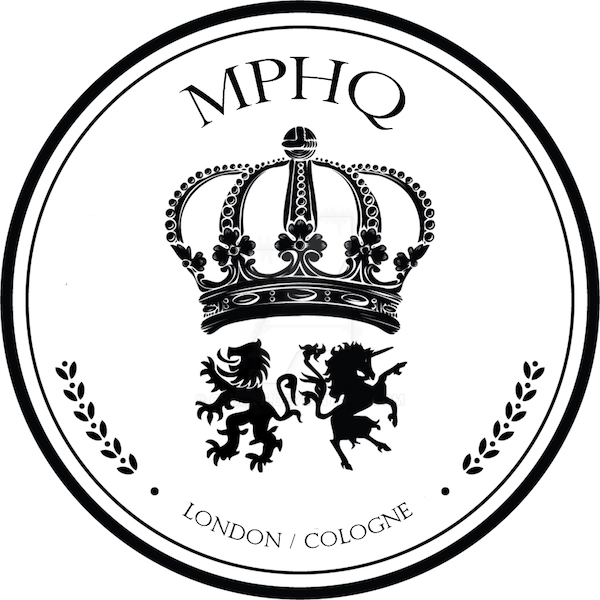
MPHQ Project Space London I Cologne
Contact: info@mphqprojectspace.com
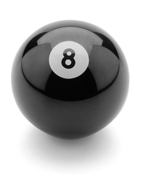
Studio Martha Parsey
Website: www.marthaparsey.com
Contact: info@marthaparsey.com
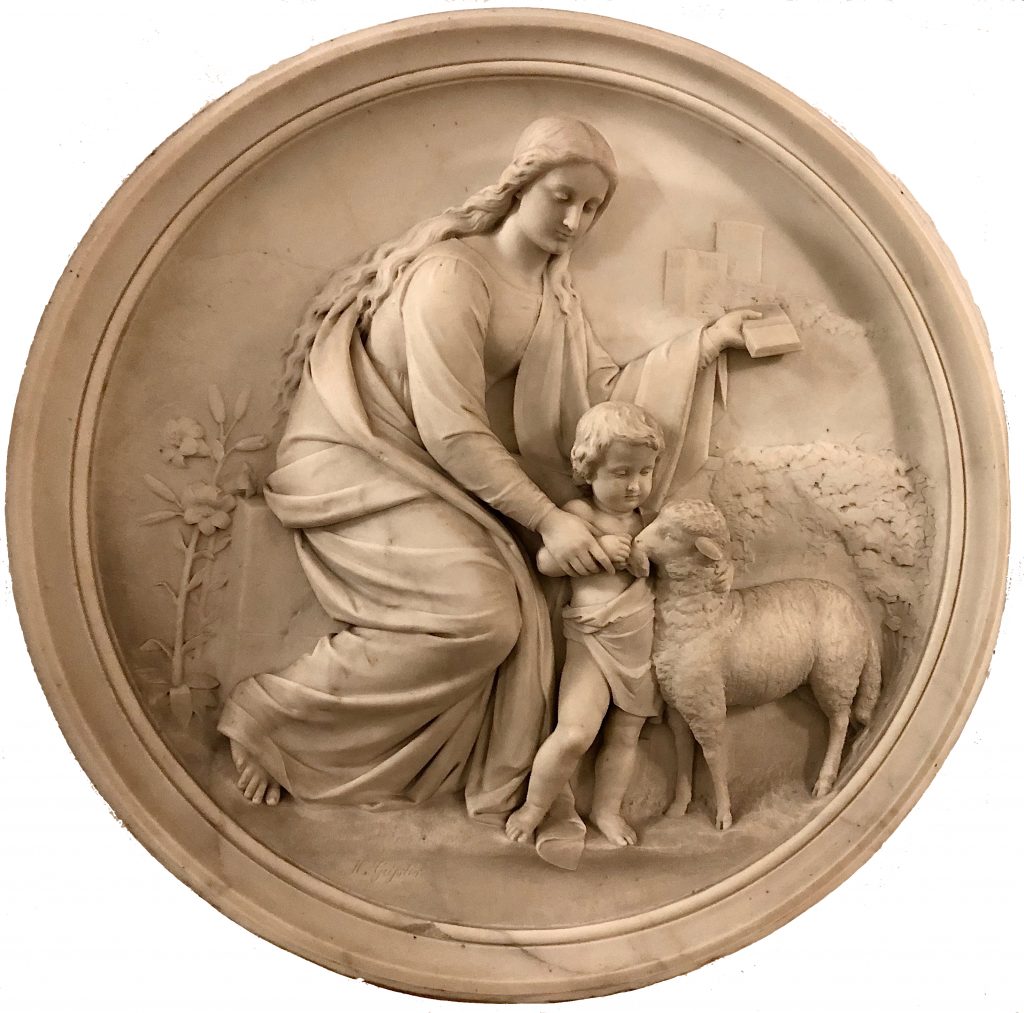
MPHQ Salon des Refusés

What is MPHQ Project Space?
MPHQ Project Space London I Cologne, opened by Martha Parsey in 2018, presents established mid-career artists working in painting, sculpture, photography, installation, and cinema. Martha curates exhibitions, screenings, seminars and artist’s talks to support an ongoing exchange and dialogue about what engages artists working today.

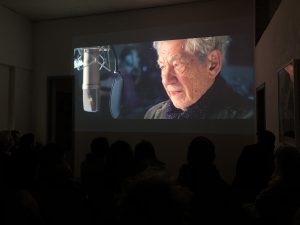
The exhibition FILM ON ART I ART ON FILM brought together the work of leading European artists and thinkers that explore the relationship between film, art theory, philosophy and painting.
WAYS OF SEEING; Film Installations and Collaborations, was a critical appraisal of the 100 year anniversary of the birth of Joseph Beuys, that presented film installations and collaborations that emanate from Beuys’ oeuvre and teachings.
The exhibition Bacon on Camera marked the 30 year anniversary since Francis Bacon’s death with the screening of Martha’s films Model and Artist; Henrietta Moraes and Francis Bacon and Francis Bacon in Paris.
Martha recently presented the first gallery screening of Ken McMullen’s film Hamlet Within starring Ian McKellen, John Shrapnel, Gabriella Wright, Lex Shrapnel, Dominique Pinon and Martha Parsey.
The exhibition Paradise Lost shown in Cologne and based on the work of John Milton and Paul Gauguin was extended to be shown in London at They Come. They Sit. They Go enabling further exchange between artists and gallery spaces between the EU and UK.
Martha studied Fine Art and Film at Central St Martins College of Art, the University of the Arts London, the University of the Arts Berlin and the German Film and Television Academy. Her films on Francis Bacon, screened at the ICA and Hayward Gallery, London, the Centre Pompidou, Paris, Haus der Kunst, Munich and at Ordovas Gallery, New York, formed a lasting collaboration with the art critic and interviewer David Sylvester. Shortlisted for the Lexmark European Art Prize and the Sovereign European Art Prize, her paintings have been exhibited widely in the UK, Europe and the US, with her work in a number of collections including the Ovitz Family Collection, the Zabludowicz Collection and the Musée National d’art Moderne, Paris.